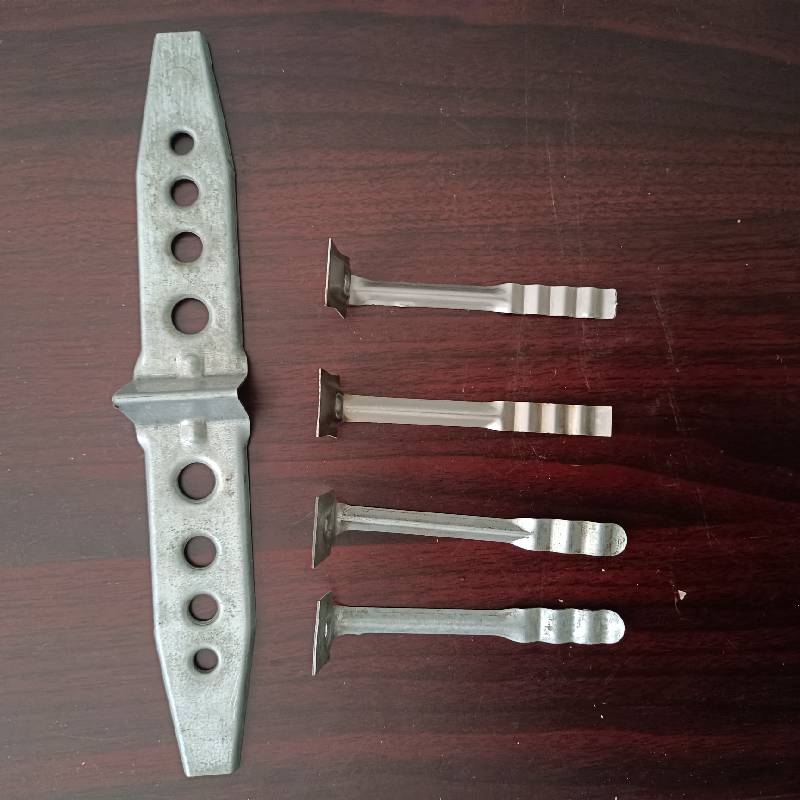
- Mobile Phone
- +8613931874955
- sales@cntcmetal.com
Current Trends in Galvanised Wire Pricing and Market Analysis
Understanding the Price Dynamics of Galvanised Wire
Galvanised wire has become an essential material across various industries, including construction, agriculture, and manufacturing. One of the major factors influencing its widespread usage is its resilience and longevity, thanks to the galvanisation process, which protects steel or iron from corrosion. As demand continues to rise, understanding the factors affecting the price of galvanised wire is essential for both consumers and businesses.
What is Galvanised Wire?
Galvanised wire is steel wire coated with a layer of zinc to prevent rusting, making it suitable for outdoor applications. Common uses include fencing, barbed wire for livestock containment, and even as a structural component in construction. This protective layer is typically applied via hot-dip galvanising or electrogalvanising, with hot-dip providing a thicker and more durable coating.
Factors Influencing Galvanised Wire Prices
1. Raw Material Costs The primary material used in the production of galvanised wire is steel. Changes in the price of steel significantly affect the cost of galvanised wire. Steel prices can fluctuate based on global supply and demand dynamics, production rates, and geopolitical factors.
2. Zinc Prices Zinc is a critical component in the galvanisation process. Therefore, variations in the price of zinc, which is influenced by mining production levels, global consumption rates, and economic conditions, can directly impact the price of galvanised wire.
3. Market Demand The demand for galvanised wire can fluctuate based on trends in the construction industry, agricultural practices, and manufacturing trends. An increase in construction projects, for example, often leads to a higher demand for galvanised wire, pushing up its price.
4. Energy Costs The production of galvanised wire is energy-intensive. Therefore, electricity prices can also play a role in pricing dynamics. In regions where energy costs are high, the price of galvanised wire may reflect those increased operational costs.
galvanised wire price

5. Transportation Costs The logistics of transporting raw materials and finished products also contribute to the final cost. Increases in fuel prices or changes in transportation regulations can lead to higher delivery costs, which may be passed on to consumers.
6. Global Economic Conditions Economic uncertainty can impact market conditions and pricing. For instance, during economic downturns, construction and manufacturing activity may slow, leading to reduced demand and potentially lower prices for galvanised wire.
7. Regulatory Changes Environmental regulations surrounding production processes can lead to changes in costs. Manufacturers may have to invest in cleaner technology or practices, which can increase production costs and, subsequently, the price of galvanised wire.
Current Market Trends
As of late 2023, the galvanised wire market is experiencing a degree of volatility, primarily driven by fluctuating raw material prices. The ongoing conflict in certain regions, changes in trade policies, and new tariffs can lead to unpredictable costs. Furthermore, ongoing supply chain challenges resulting from the COVID-19 pandemic have continued to exert pressure on prices, making it essential for businesses to anticipate changes in supply and demand.
Future Price Predictions
Looking forward, industry experts suggest that prices for galvanised wire may remain elevated due to persistent supply chain issues and increasing production costs. However, the market may stabilize as global economies recover and construction activities resume at pre-pandemic levels. Sustainable practices and innovations in production processes may also influence pricing strategies moving forward.
Conclusion
The price of galvanised wire is affected by a myriad of factors, from raw material costs to global economic conditions. For consumers and businesses alike, staying informed about these dynamics is crucial for making strategic purchasing decisions. As the galvanised wire market continues to evolve, understanding these influences can help in adapting to price changes and market fluctuations, ensuring a competitive edge in various industries. Whether you are a manufacturer, a builder, or an individual consumer, keeping an eye on the galvanised wire price landscape will be beneficial for future projects and investments.
share:
-
Wall Ties for Concrete: Invisible Guardians of Building Structural StabilityNewsAug.08,2025
-
Timber Frame Wall Ties: Stable Bonds for Load TransmissionNewsAug.08,2025
-
Stainless Steel Woven Wire Mesh: A versatile material from boundary protection to functional supportNewsAug.08,2025
-
Powder Coat Coil Springs: Creating peace of mind and reliability with sturdy protectionNewsAug.08,2025
-
Floor Standing Sign Holder: A Powerful Assistant for Flexible DisplayNewsAug.08,2025
-
Binding Iron Wire: An Invisible Bond for Building StabilityNewsAug.08,2025
-
Yard Sign Stakes: Reliable Guardians of Outdoor SignsNewsAug.04,2025



















